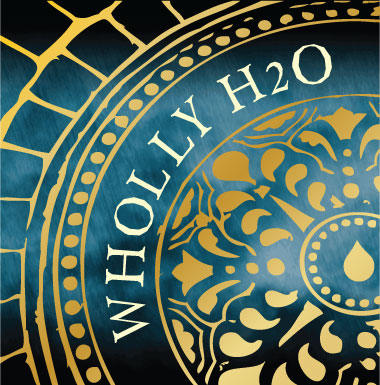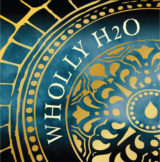Sausal Creek
Oakland is home to the Sausal Creek watershed. The creek itself, five miles in length, extends through the Fruitvale neighborhood all the way to the new-growth redwood forests in the Oakland Hills. It sees daylight for most of its journey though Dimond Canyon, under the Leimert Bridge, and again through Dimond Park. After a short stint underground, Sausal Creek ends when it meets the Oakland Estuary. Sausal Creek has a long history of being an instrumental resource for the communities it supports and continues to shape many lives today.
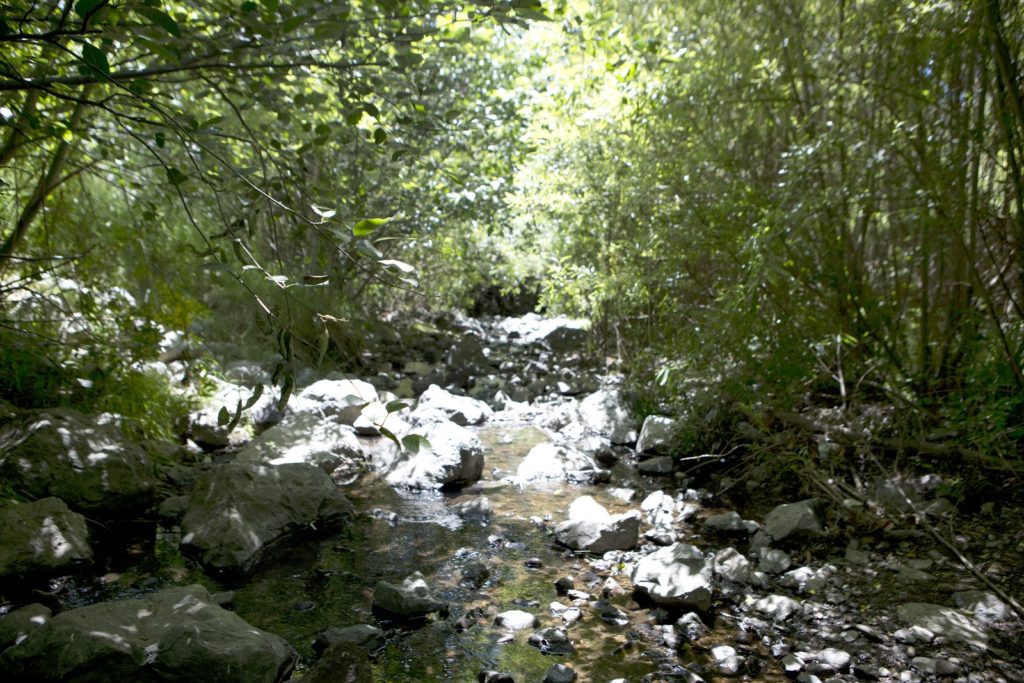
Enjoy a Virtual Tour of Sausal Creek
History
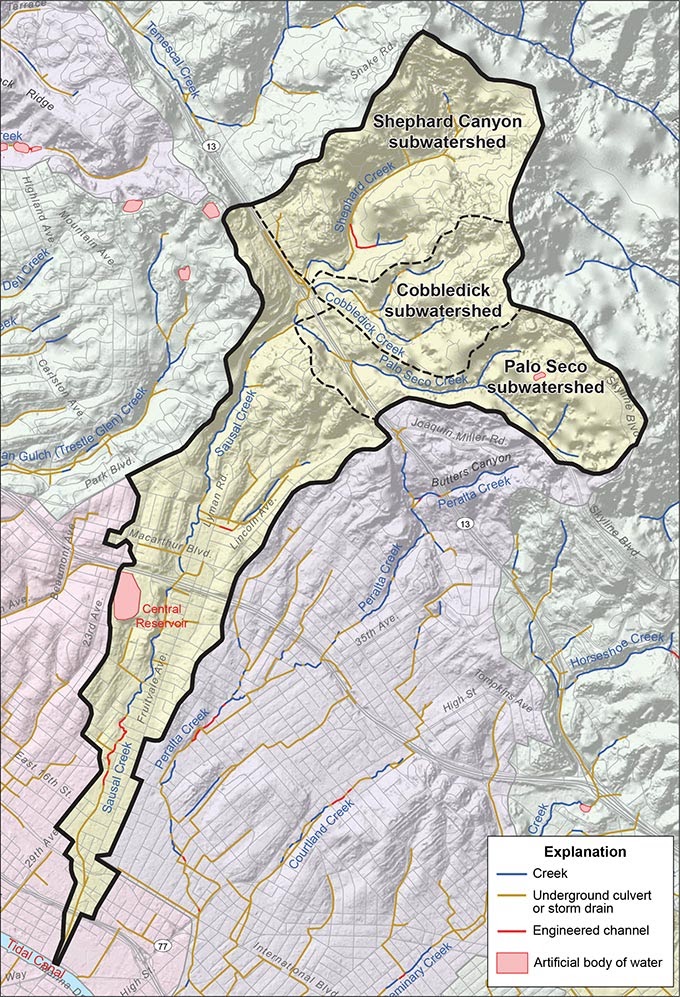
Like many other regions in the East Bay, the Ohlone were the first people to inhabit the Sausal Creek watershed. Their whole way of life was supported by Sausal Creek. They fished for rainbow trout, gathered edible seeds and plants, and utilized the redwood forest canopy as shelter.
When the Spanish arrived in the 1700’s, they nearly completely eradicated the Ohlone and claimed the land as their own. A Spanish governor granted 44,000 acres of land surrounding the Sausal Creek watershed to Sergeant Luís Peralta who became one of the first colonizers of the region. Over time, the land was sold to people who migrated to California for the Gold Rush, and along with them came sawmills that transformed the towering redwood trees into lumber needed for new development.
One of those who arrived at the watershed during this time was Hugh Dimond. He was a prospector who purchased a large slice of land with money he made off the gold market. It is known today as Dimond Park, a mostly untouched natural park in the Oakmore neighborhood of Oakland. It runs a mile along Sausal Creek and has become a prime spot for locals to hike, picnic, and mountain bike.
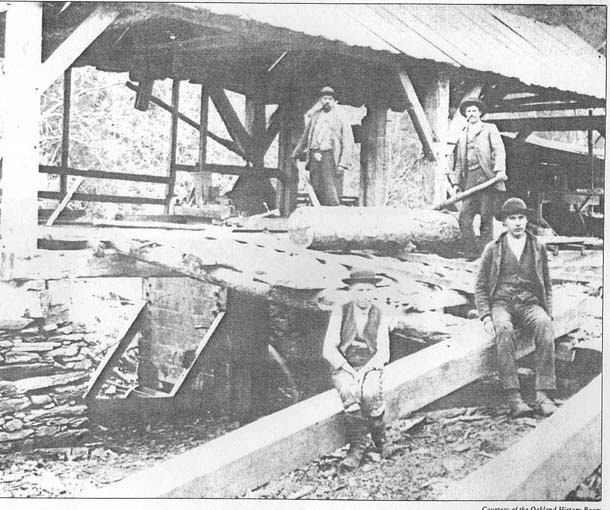
Sausal Creek sawmill along the Palo Seco Trail, 1880s
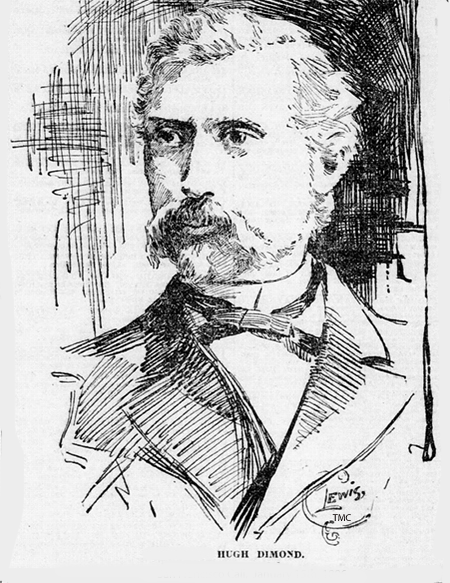
What You Will See
The Sausal Creek watershed is composed of both aquatic and riparian habitats where you’ll find many different species, some of which are rare to California. This watershed serves as a natural resource and has supplied people and wildlife alike with food, shelter, and recreation for many generations.
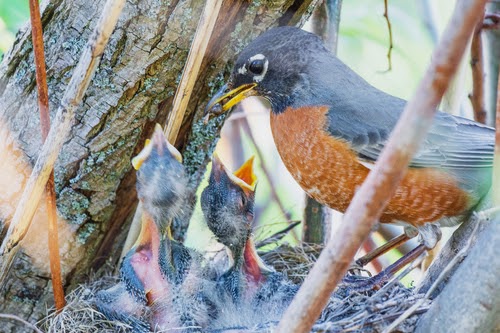
American Robin nest, photo by Kyle Tansley via iNaturalist
The riparian habitat, the area between the land and water, is responsible for maintaining the stream flow and the transfer of nutrients. Trees and fungi thrive in this area, and you’ll likely find Alder and Willow trees, two of the most abundant species in the watershed. They are able to rapidly colonize deposited sediment, stream banks, and channel edges, creating stronger borders along the creek that protect it from erosion. Their canopies create safe spaces for many different bird species. American Robins have been known to build their nests within the swaying branches of the Willow trees.
The aquatic habitat of the watershed is bursting with life. It has many types of fish, reptiles, amphibians, and insects, some of which have played an important role in the growth of the watershed. Rainbow trout once fed the Ohlone people native to this area as well as the San Francisco weekenders who traveled to the watershed for recreational activities. These trout are salmonids, meaning they are born in the creek, spend most of their life at sea, and come back to the same creek to spawn. Keeping Sausal Creek healthy ensures that Rainbow trout and other wildlife return each season to make Sausal Creek their home.

Rainbow Trout, photo by Morgan Cantrell via iNaturalist
What’s Being Done
The Sausal Creek watershed has seen generations of growth in infrastructure and population. This growth has benefited the city of Oakland but has had adverse effects on the ecology of the watershed. Thankfully, we have found solutions to many of the common problems. Erosion and flooding caused by new construction covering soil and vegetation can be avoided by creating diversions from the creek. Trail damage caused by disrespectful visitors can be fixed through regular maintenance and cleanup. And invasive, non-native plant species that steal precious nutrients can be removed and replaced with native ones.
Here are some neighboring agencies that have contributed to the conservation of the Sausal Creek watershed:
Erosion sites, usually occurring near storm drains in public parks, require specialized repair from Oakland Public Works Department. Homeowners, park advocates, and local officials are encouraged to meet with city staff to coordinate these repairs.
Friends of Sausal Creek host monthly trail stewardship work days where they assist the erosion and hydrology problems close to the trails. Rainbow trout populations benefit directly from these work days as they aid in the health of the habitat.
Friends of Sausal Creek also have a native plant nursery in Dimond Park where they grow and propagate over 240 species of plants that are native to the watershed. Their plants are used in restoration efforts and sold to individuals who want native flora in their gardens.
Get Involved
Protecting and restoring our watersheds is not only good for the species that rely on these water sources, but it’s also good for us too. Here are a few ways you can get involved to help us ensure the health of the Sausal Creek watershed.
Fun Facts!
Jingletown is named after the sound of proud Portueguese and Azorean immigrants with coins in their pockets.
Henderson Lewelling aptly named his property “Fruitvale” after traveling across the Atlantic with 700 cherry, apple, and hop seedlings.
Grizzly Bears once roamed throughout the Sausal Creek watershed.
Additional Resources
For more information on the history, restoration, and recreation of the Sausal Creek watershed, be sure to visit the links below.
The Friends of Sausal Creek have compiled some great lists of what you can see:
Plants
Hover for more info!Amphibians and Reptiles
Hover for more info!Birds
Hover for more info!Fish
Hover for more info!Fungi
Hover for more info!Mammals
Hover for more info!Aquatic Insects
Hover for more info!Rocks
Hover for more info!Sausal Creek Watershed Organizations
For more information about Sausal Creek, visit Friends of Sausal Creek, the primary guardians of the water hood.
